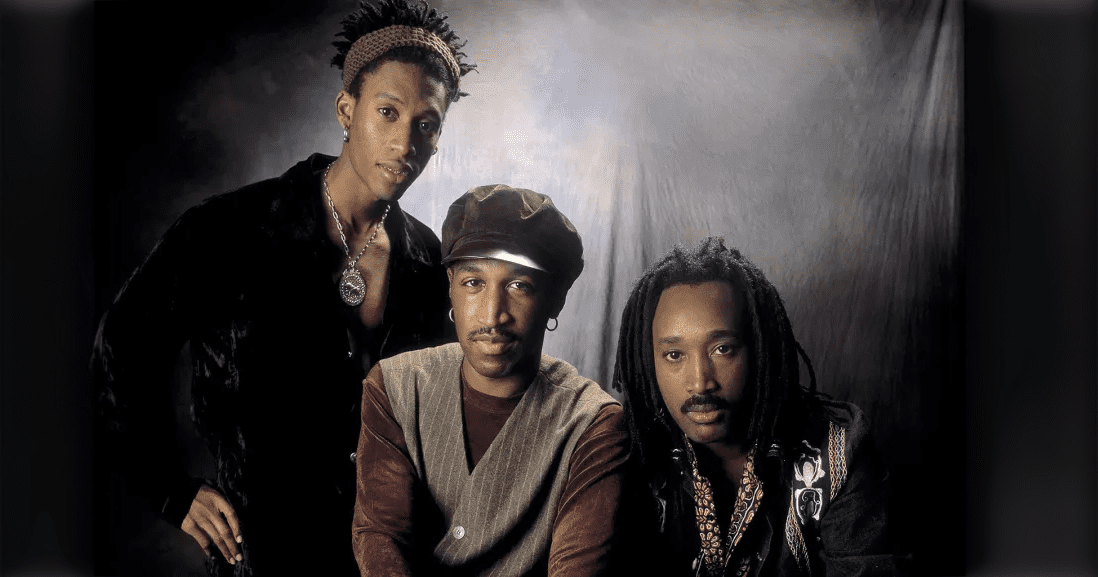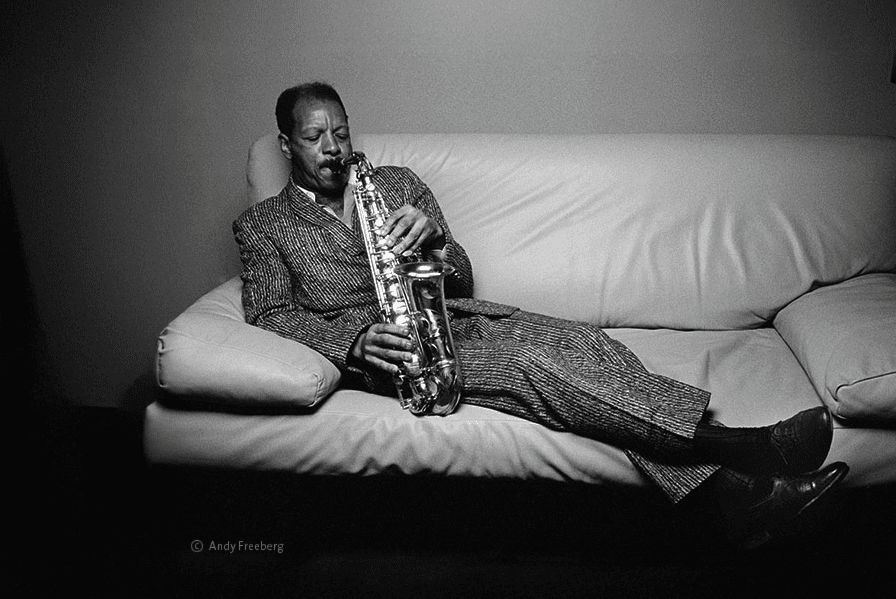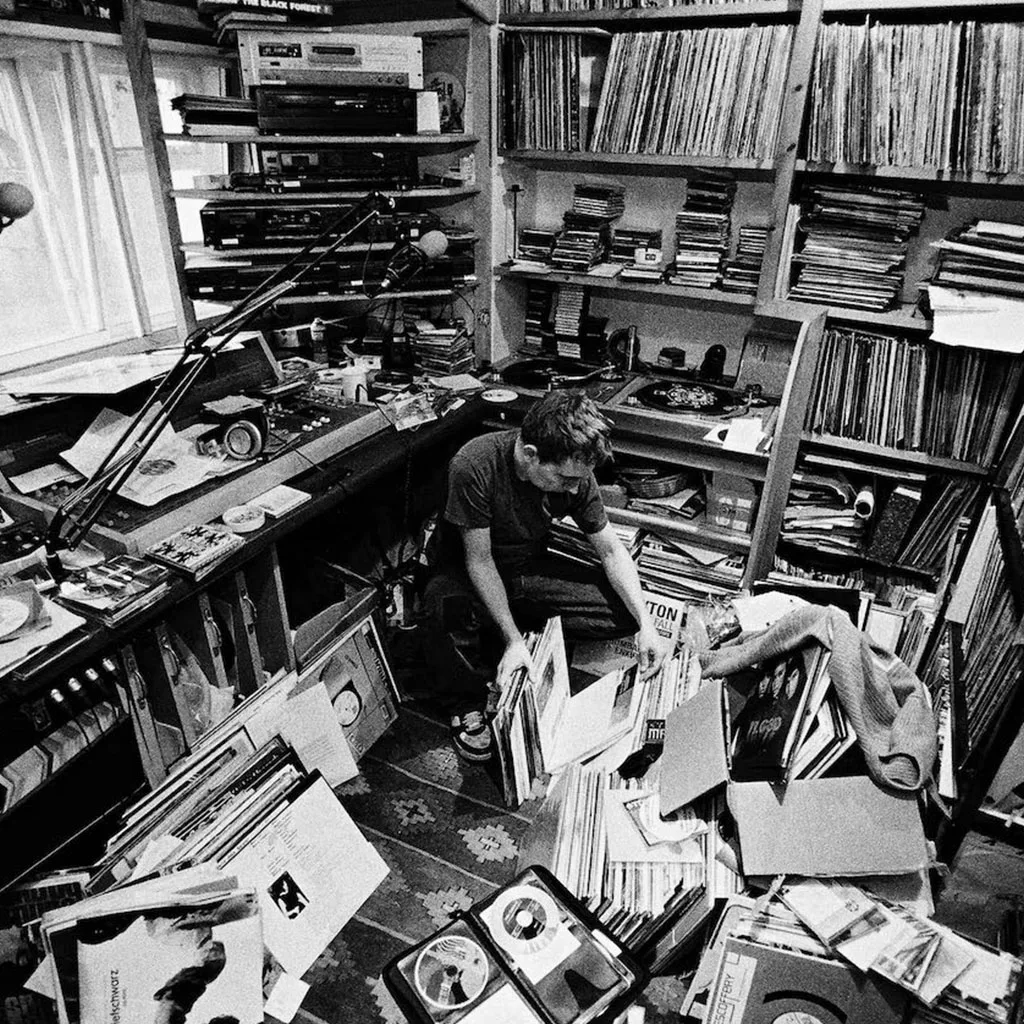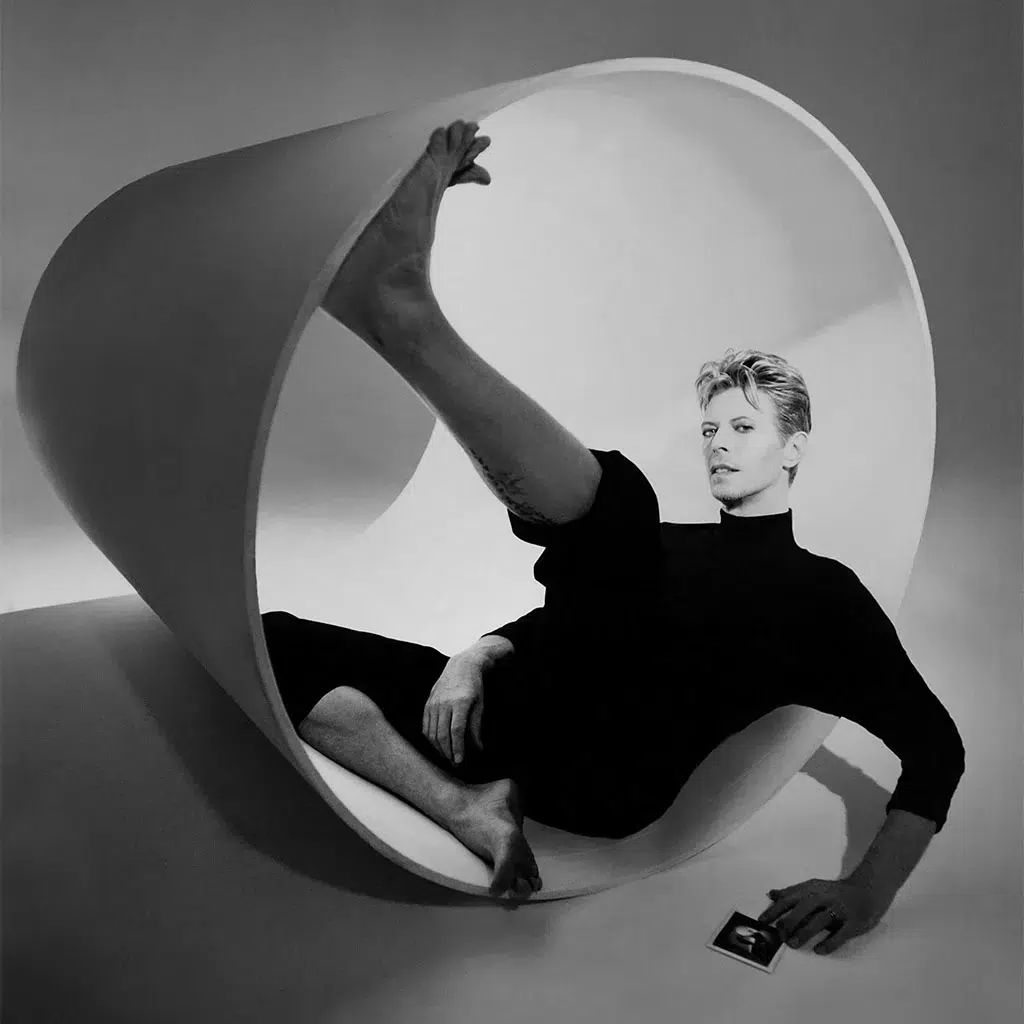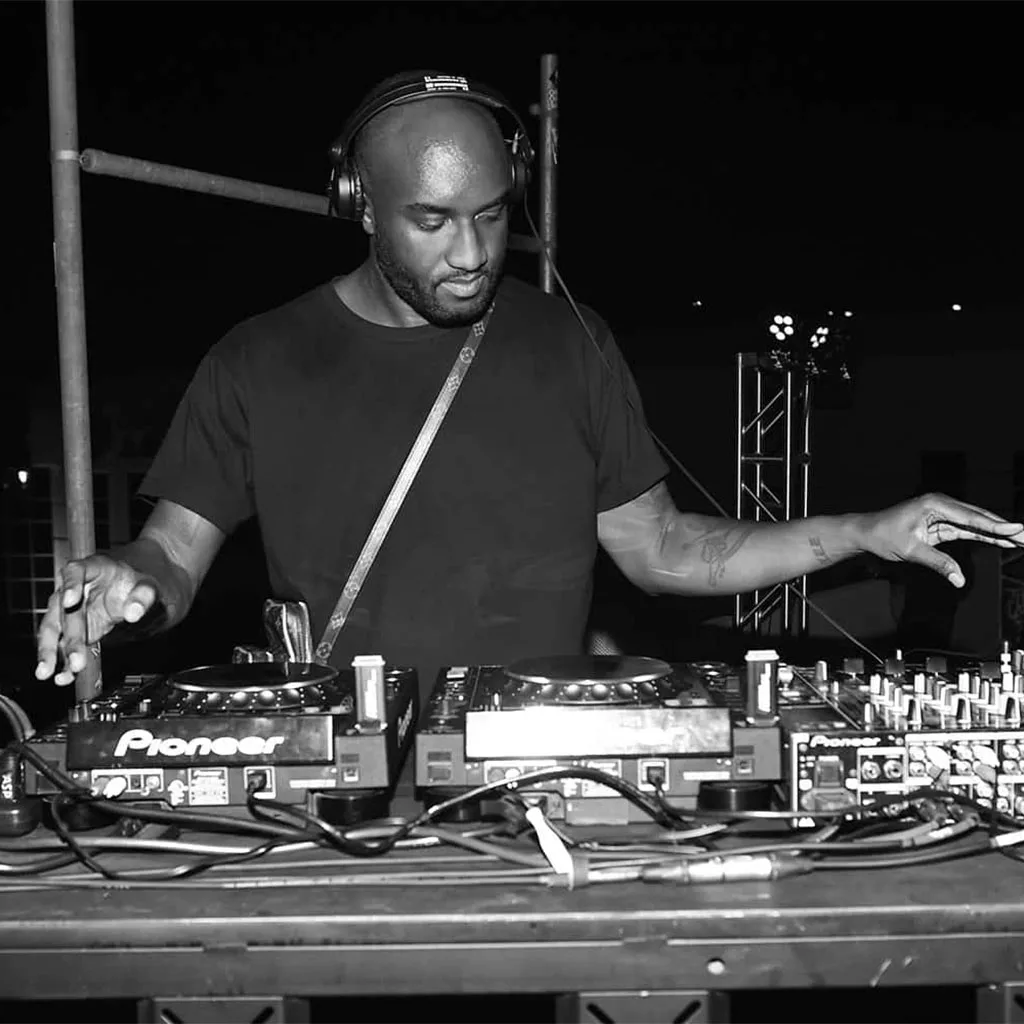The Most Important Inventions That Changed Music Technology

Music is a universal language that has been a part of human culture for thousands of years. It can be defined as the art of sound in time, and it encompasses a wide range of styles and genres. At its core, music is made up of three basic elements: melody, harmony, and rhythm. However, music is more than just these technical elements. It has the power to evoke emotions and convey messages without using words. Music can be used for entertainment purposes or as a form of expression and communication. Throughout history, music has played an important role in various cultures around the world. From traditional folk songs passed down through generations to modern pop hits heard on the radio, the music reflects society’s values and beliefs. But how did music begin and what does it do to us?

How Did Music Begin?
It is believed to have originated from primitive sounds made by early humans as a form of expression and communication. As civilization developed, so did music, with new instruments, styles, and genres emerging over time. The earliest forms of music can be traced back to prehistoric times, when humans used natural materials like rocks, sticks, and animal bones to make percussive sounds. These sounds were likely used for communication and to create a sense of communal identity. Archaeological evidence suggests that music and dance became more structured during the Paleolithic era, with early humans using instruments like flutes and whistles to create more complex melodies. As civilizations developed in ancient Egypt, Greece, and Rome, so did music.


What is the Purpose of Music?
Music: Music is one of the most universal art forms. It has the power to evoke emotions, transport us to different places, and connect us with others. But what is the purpose of music? Why has it been an essential part of human culture for thousands of years? Let’s explore four purposes of music: dance, personal or communal entertainment, communication, and ritual.
Dance: One of the most obvious purposes of music is to make us move. Music has been used for dance since ancient times, often as a way to celebrate, express joy, or mark significant events such as weddings or harvest festivals.
Personal or Communal Entertainment: Another purpose of music is entertainment. Music has long been a source of pleasure and enjoyment, both individually and in groups. Whether we listen to music alone or attend a live concert, music provides a means of escaping our everyday lives and immersing ourselves in a world of sound and emotion.
Communication: Music is also used as a form of communication. Throughout history, music has been used to convey stories, beliefs, and personal experiences. In some cultures, songs have been used to pass on historical information from one generation to the next, while in others, music has been used to express emotions or address issues of social justice and political change.
Ritual: Finally, music has been used for ritualistic purposes. From religious ceremonies to cultural rituals, music has played an important role in these events. The repetitive nature of some types of music can create a trance-like state, making music an ideal accompaniment to meditation, prayer, or other forms of spiritual practice.
Revolutionary Music Inventions
- The Phonograph
Most people credit Thomas Edison’s phonograph design as the starting point of traditional playback. Edison’s initial experiments involved simple materials such as paper strips, a telephone diaphragm, a needle, and voices singing “Mary Had a Little Lamb.” Although competitors would later improve upon Edison’s model, his innovation remained unmatched.
- Microphone
Thomas Edison obtained the patent, which was typical of him, but David Edward Hughes, a British telegraph pioneer, is widely acknowledged as the creator of the first operational microphone. By placing carbon granules loosely in an enclosed area, Hughes discovered that sound waves caused electrical currents to fluctuate and produce a more even reproduction.
- Headphones
Headphones were invented in 1910 by Nathaniel Baldwin, a self-taught inventor from Utah. He created a prototype of what would become modern-day headphones by handcrafting tiny speakers using a magnet and a coil of wire. Baldwin’s invention caught the attention of the US Navy, which was looking for a way to improve communication between ships and submarines.
- Multitrack Recording
Multitrack recording was invented in the 1950s, as a way to record multiple sound sources separately and then combine them into a single recording. One of the earliest pioneers in multitrack recording was Les Paul, who invented the first eight-track recorder in 1955. This recording system allowed musicians to record multiple tracks separately and then mix them, achieving a unique and professional sound quality.
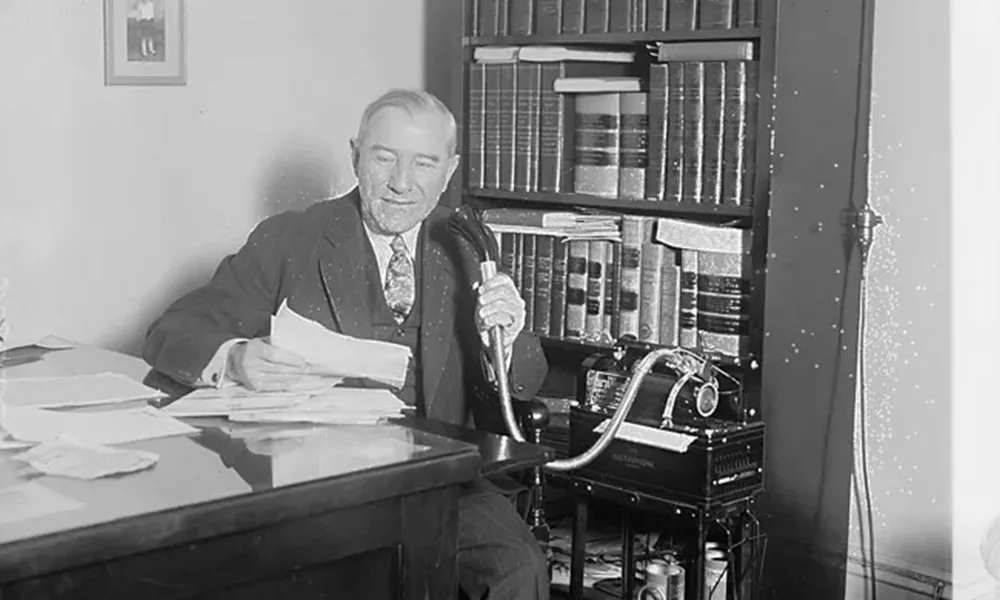

- Effects Pedals
This pedal created a pulsed effect by varying the volume of the guitar signal. In the 1960s, the popularity of psychedelic rock led to the development of more complex effect pedals, such as the fuzz and wah-wah pedals. After this, other pedals like distortion, overdrive, and chorus pedals were invented. Today, there are countless different types of effect pedals, each designed to create a specific sound or modify the guitar signal in a particular way.
- Cassette Tape
The cassette tape was a popular format for music in the 1970s and 1980s, offering a portable and convenient way to listen to music. Consumers could purchase pre-recorded tapes of their favorite artists or record their own from vinyl records or radio broadcasts. The cassette tape also allowed for the creation of mixtapes, compilations of songs that could be recorded in any order or sequence.
- Magnetophon Tape Recorder
In 1935, AEG introduced the first reel-to-reel tape recorder for everyday use at the Berlin International Radio Exhibition. This device called the Magnetophon, was designed with Fritz Pfleumer’s magnetic tape in mind and became a significant advancement in audio technology. Although early recordings of the Magnetophon were difficult to understand due to distortion, by 1939 manufacturers began using a different oxide that improved clarity and solidified the Magnetophon’s place in history as an innovative piece of audio equipment.
8. Amplifier
Amplifiers are an essential part of modern music, used to increase the volume and power of sound. The first amplifiers were developed in the early 20th century for telephone systems and radios, but they were quickly adopted by musicians in the 1940s and 50s. Electric guitars and other amplified instruments became popular during this time, with amplifiers used to boost their sound, adding distortion and creating unique tones.
These days.
Things are getting more complicated. Especially with the AI and blockchain revolution, the music industry is also in a big change.
Researchers use AI to predict hit songs from listeners’ heart rates.
Your heart rate reveals your brain activity, which in turn can predict hit songs — and maybe stock performance, as well. For more:
World’s first radio station with an AI DJ’
Oregon’s Live 95.5 uses cloned human voice to host segments. For more:
If you liked this topic, this article may also interest you.

Longing For Better Music?
No one belongs here more than you do.
Literal is an independent groove radio where you feel you truly belong.
You can listen online for funky tunes. Tune in!
Can’t get enough? Us neither! Follow our Spotify playlist.
Also, you can follow us on Instagram.


